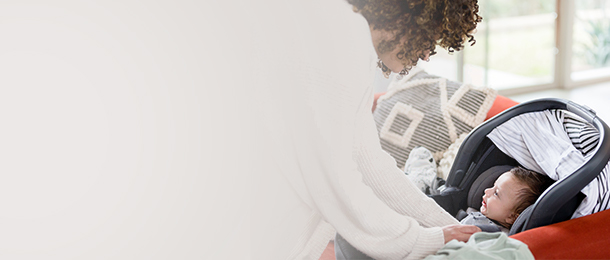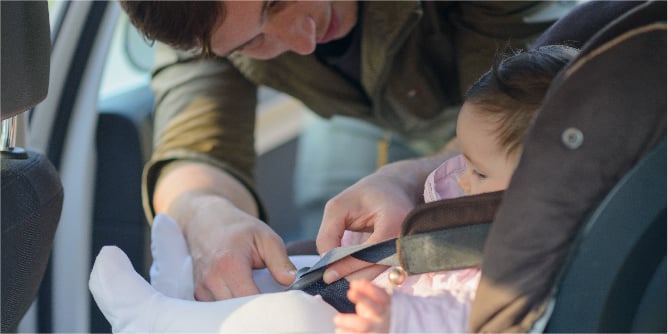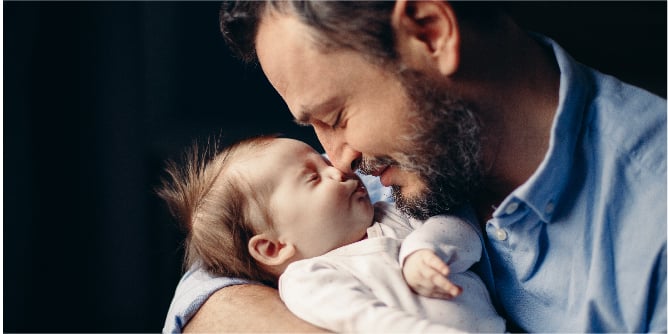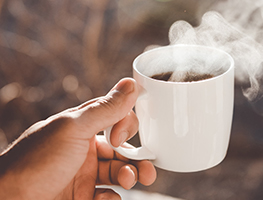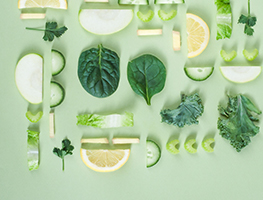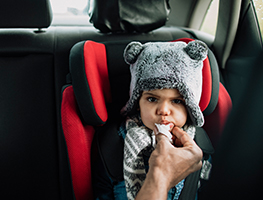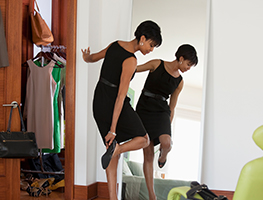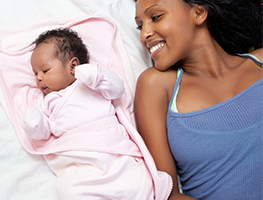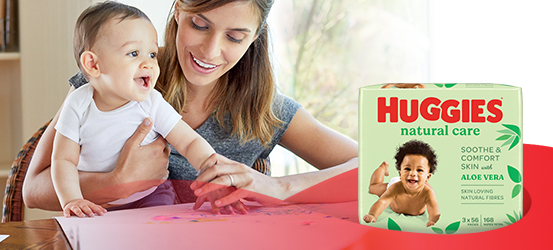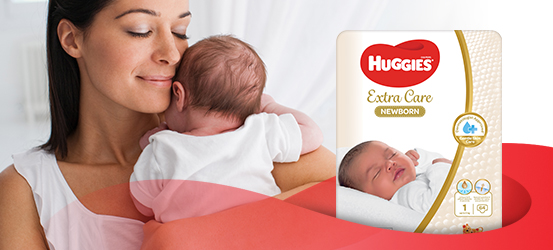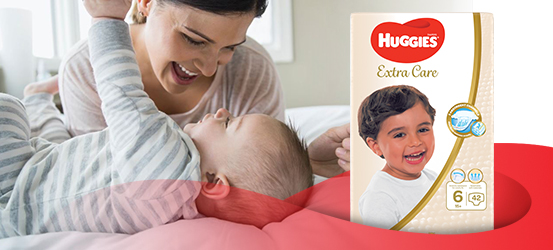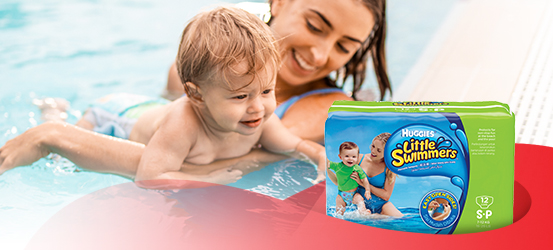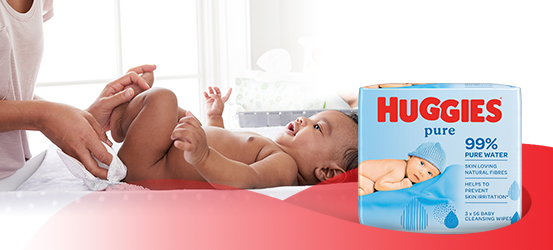Baby's Equipment
Baby's change table
Ensure the surface you are changing your baby on is stable and secure.
The mat should have raised sides of at least 10cm to prevent your baby from rolling off.
Make sure that sharp objects are not within easy reach of your baby.
Ensure the mat is not near any power outlets, and that your baby cannot easily reach any electrical equipment.
Ensure that your baby cannot become entangled in any curtain or blind cords.
Never leave your baby alone on a change table or raised surface for any length of time. Serious injury could result from a fall. Also, do not leave your toddler alone with your baby while they are on a high surface, as they may accidentally pull or push them off.
Baby's cot
All new cots have to comply with ISO 7175-1:1997, Children's cots and folding cots for domestic use -- Part 1: Safety requirements.
There should be a minimum of 600mm from the base of the mattress to the top of the cot.
The space between the bars should be 50-85mm. The space between the cot sides and the mattress should not be more than 25mm.
Be aware of holes/ spaces where your baby's arms, legs, head and fingers could become trapped.
Look for fixed-base cots with the lowest possible base. If it has an adjustable base, change it to the lowest base setting as soon as your baby can sit up.
Follow the guidelines set out in the “Safe Sleeping” sections and to make sure that your baby is sleeping safely.
Portable rocker or bouncer
Ensure the base is wide and sturdy to prevent it from tipping over.
Ensure the rocker/ bouncer has a five point safety harness and use it at all times.
A rocker is designed for use at floor level and not on bench tops in the kitchen.
Check the area for any potential hazards nearby, like scissors, knives, blind chords and electrical appliances. And of course the golden rule - supervise.
Toy box
As attractive as some fully enclosed toy boxes are, it's better to have a toy box without a lid. Lids can cause serious injury to small children.
If you do have a toy box with a lid ensure that it can be opened from the inside. For extra safety, place rubber stoppers that allow a gap to remain when the lid is closed to prevent fingers from being crushed. Also fit a safety hinge that keeps the lid open and only allows it to close slowly.
Create some air holes in the box, just in case your toddler manages to climb into the box.
Baby walkers
Baby walkers are a common cause of injury to babies. This is because it allows your baby to reach and move more quickly and beyond their capabilities.
If you do use a baby walker, ensure you supervise your baby at all times.
Do not allow the walker near stairs, in the kitchen, or near fires or heaters.
Regularly check the braking system to make sure it is working properly.
Baby's high chair
Always make sure your baby is strapped in securely while sitting in the chair, and don't leave them unsupervised.
Use the harness from the first time baby is placed in the high chair and set the ground rules early. You may find you're too late once they learn that they can stand up and escape.
If it has wheels, make sure they can be locked and that the base is wide and stable.
Don't place the high chair too close to bench tops or tables, otherwise little fingers will try to grab anything in reach.
You can find more information on high chairs here
Toy safety
Only allow toys that are appropriate for your child's age and stage of development.
When opening new toys, remove and throw away all the packaging and check for any small parts that could be swallowed. A general guide is if it can fit into a film canister then it is too little for a baby or toddler to play with.
All your craft items like glue, paints and crayons should be non-toxic.
Don't mix batteries in toys – change them all at the same time, otherwise the strong batteries will make the weak ones very hot.
Regularly check toys for any damage or loose parts.
Remove these from the toy box and place in a pile with all the other things that you intend to fix, sew and make – or better still give to the local charity shop.
There are several websites that provide information regarding product recalls. It's worthwhile making a regular check on this site for news on baby safety equipment. Here's a link to one of them: Toy Recall and Safety Information
For more information see Child safety or Parenting

